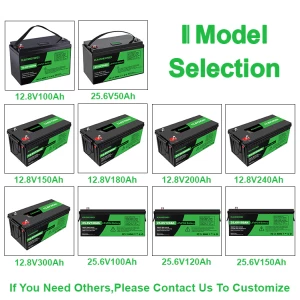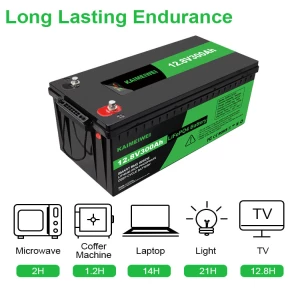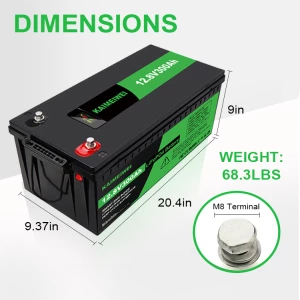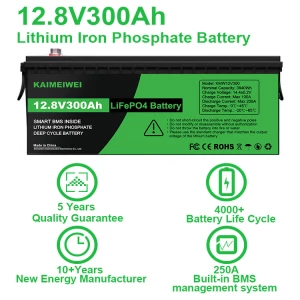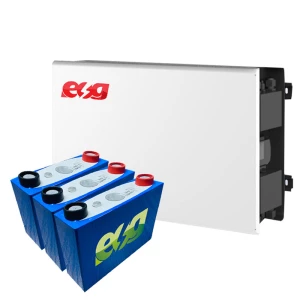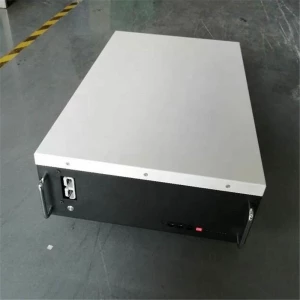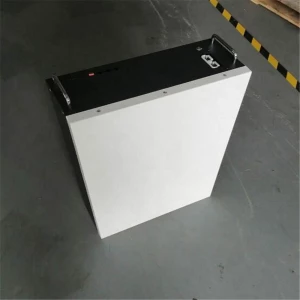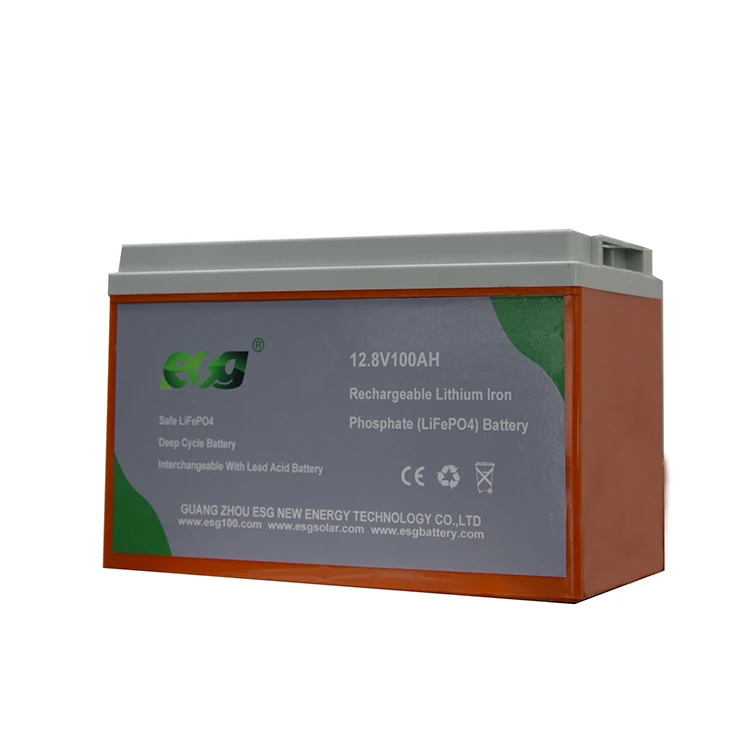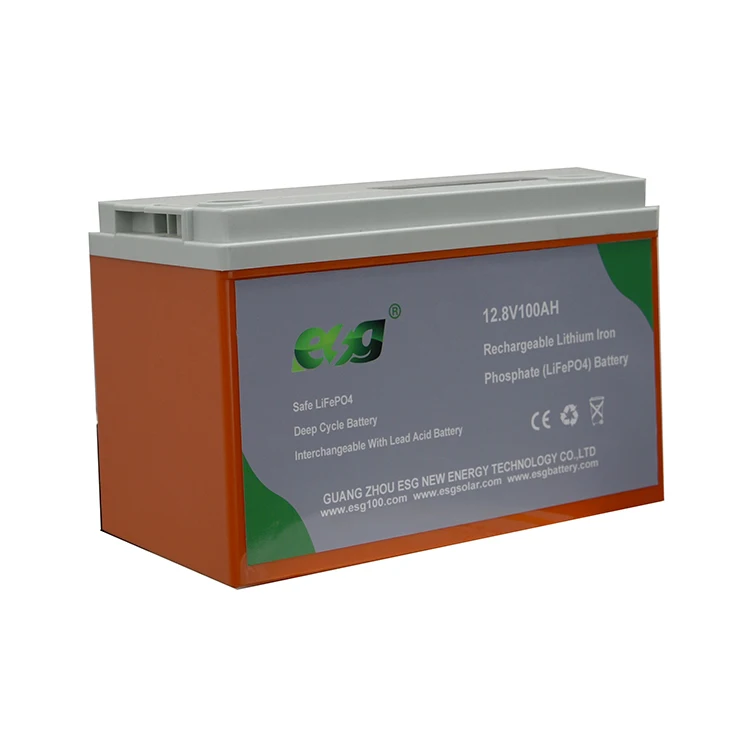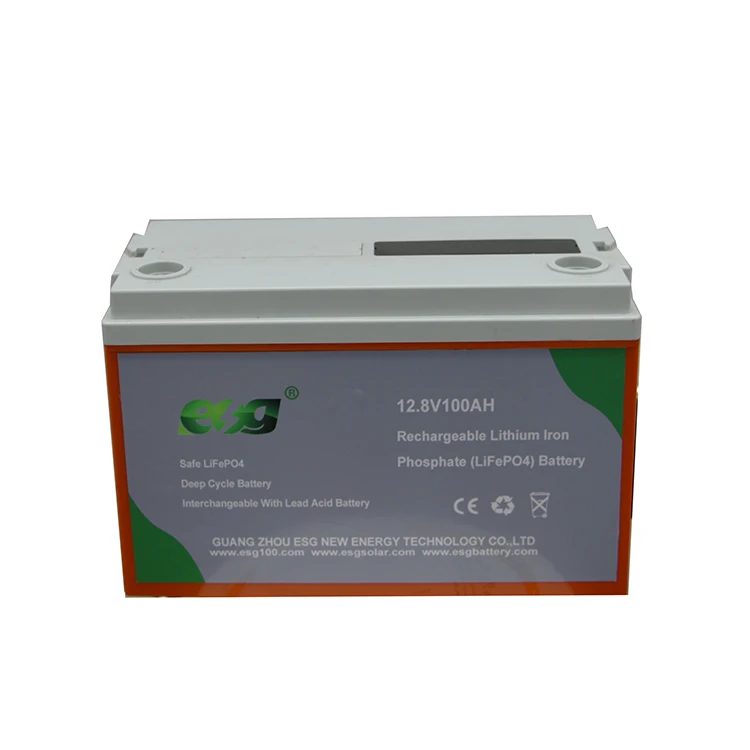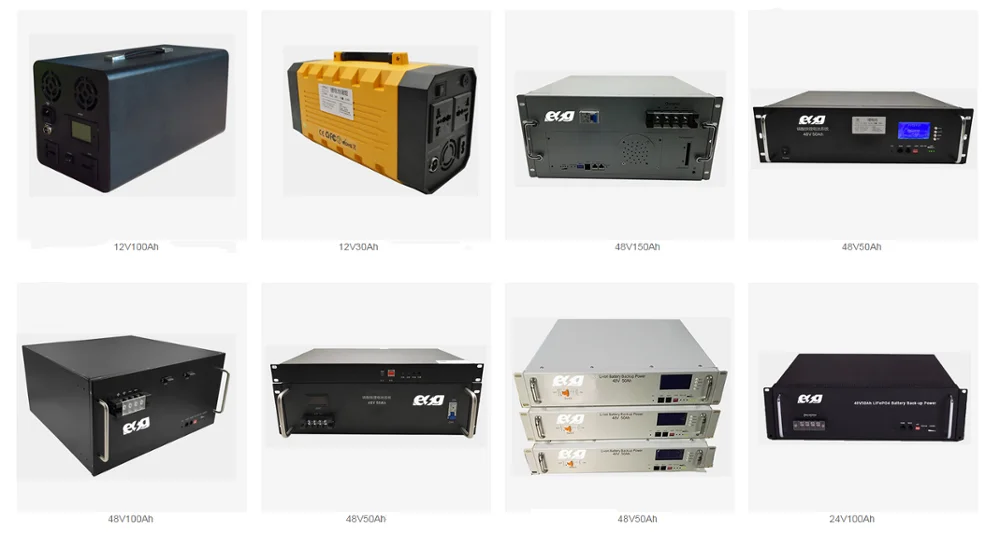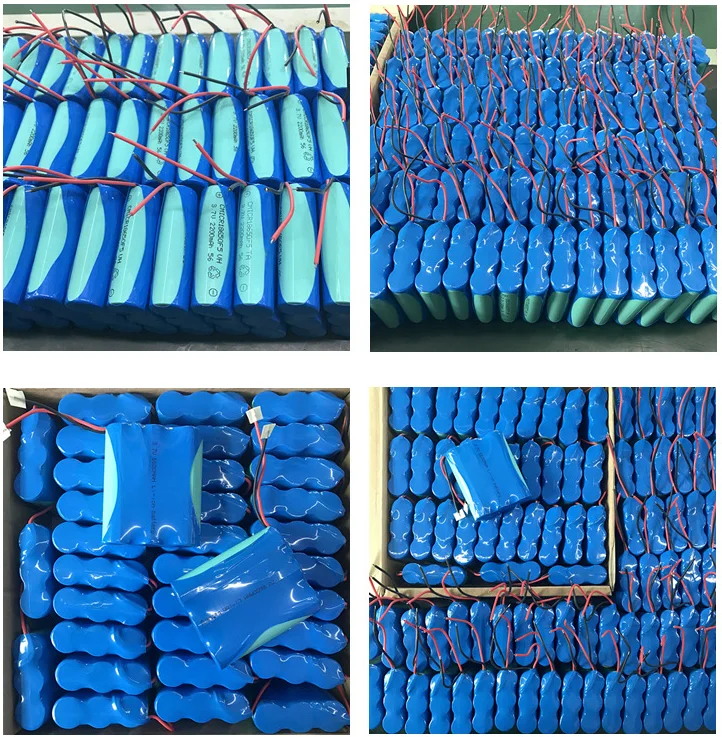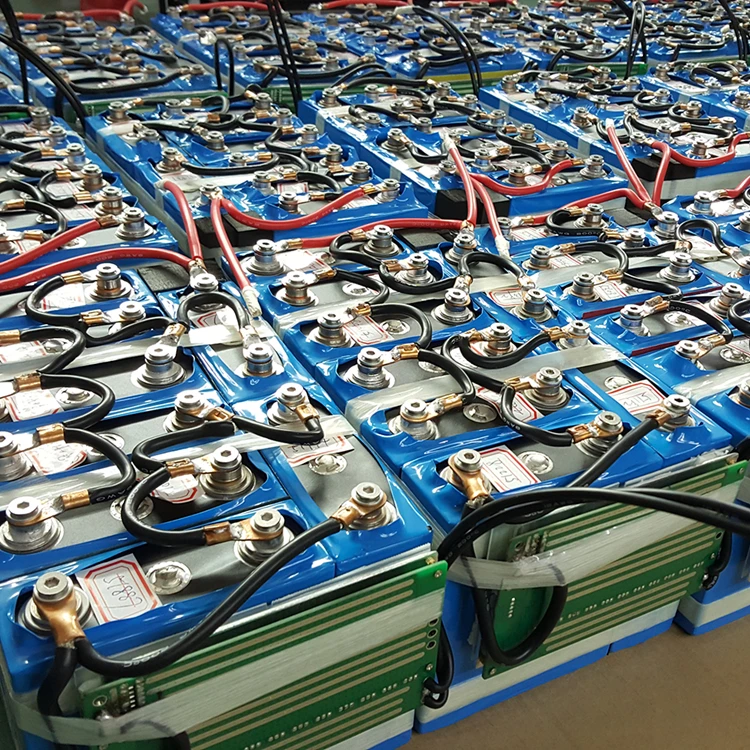Phosphate: Sourcing, Types, and Applications for Industrial Buyers
Phosphate is a critical raw material in agriculture, food production, and industrial manufacturing. With China being a major global supplier, understanding how to source high-quality phosphate efficiently can give buyers a competitive edge. This article provides actionable insights for industrial purchasers.
How to Find Reliable Phosphate from China in 2025
China dominates global phosphate production, supplying over 40% of the world's needs. To identify trustworthy suppliers:
- Verify certifications like ISO 9001 and food-grade approvals
- Check production capacity (minimum 50,000 MT/year for stability)
- Request third-party lab test reports for purity (≥85% P₂O₅ content)
- Evaluate logistics capabilities (bulk shipping options preferred)
Top manufacturing hubs include Guizhou, Yunnan, and Hubei provinces, where major deposits are located.
What Buyers Should Know Before Buying Phosphate from China
Key considerations when importing:
- Customs clearance: Phosphate typically falls under HS code 3103.10
- Moisture content: Should be below 2% for optimal shelf life
- Packaging options: 50kg bags vs bulk containers affect cost by 15-20%
- Lead times: Allow 45-60 days for first-time shipments
Pro tip: Negotiate FOB terms to maintain control over shipping quality.
Types of Phosphate
Three primary commercial forms:
1. Monoammonium Phosphate (MAP)
Contains 11% nitrogen + 52% P₂O₅, ideal for starter fertilizers
2. Diammonium Phosphate (DAP)
18% nitrogen + 46% P₂O₅, most common agricultural grade
3. Triple Superphosphate (TSP)
44-46% P₂O₅, used in acidic soils
Functions and features of Phosphate
Essential properties:
- Water solubility: MAP dissolves fastest (29g/100ml at 20°C)
- pH range: DAP maintains neutral 7.0-7.2 in soil
- Granule size: 2-4mm optimal for even distribution
Industrial applications leverage phosphate's binding and buffering capacities.
Scenarios of Phosphate
Primary usage sectors:
Agriculture (75% global demand)
Increases crop yields by 20-40% in trials
Food Additives (15%)
Used in processed meats and beverages as preservatives
Industrial (10%)
Key component in detergents and metal treatments
How to Choose Phosphate
Selection matrix:
| Application | Recommended Type | Key Metric |
|---|---|---|
| Wheat farming | DAP | 46% P₂O₅ min |
| Food processing | Food-grade TSP | 99.5% purity |
| Detergent production | STPP | 94% active content |
Phosphate Q & A
Q: What's the price trend for phosphate in 2025?
A: Current forecasts suggest $650-700/MT FOB China, with ±10% seasonal fluctuations.
Q: How to test phosphate quality upon arrival?
A: Conduct XRF analysis for elemental composition and ICP-MS for heavy metal checks.
Q: Minimum order quantity from Chinese suppliers?
A: Typically 25MT for bagged, 1,000MT for bulk shipments.
Q: Alternative sources if China supply is disrupted?
A: Morocco (OCP Group) and Russia (PhosAgro) are secondary options at 15-20% premium.
Q: Shelf life of stored phosphate?
A: 12 months in dry conditions (<30% humidity), with 5% efficacy loss per year.



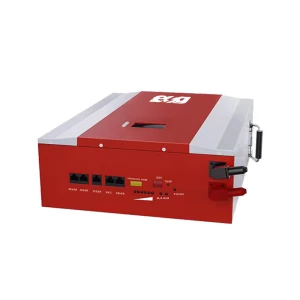
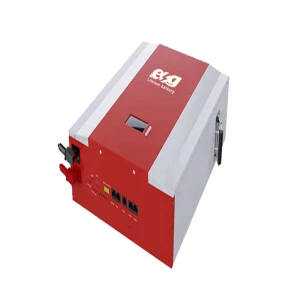
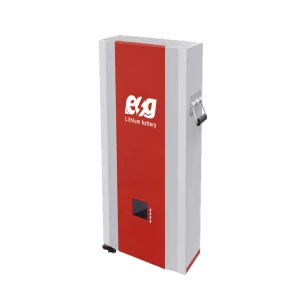
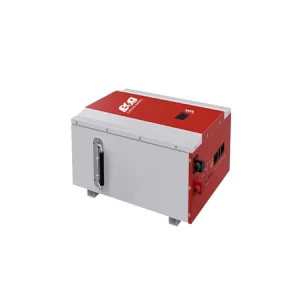

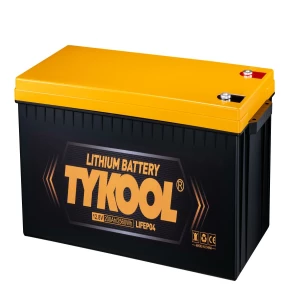
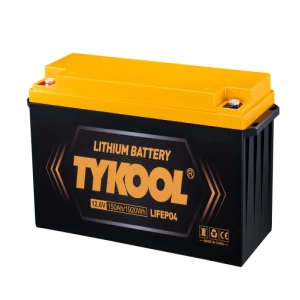









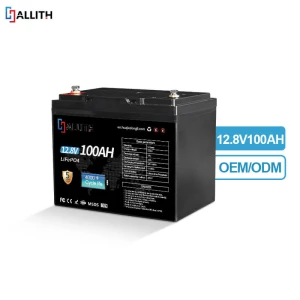
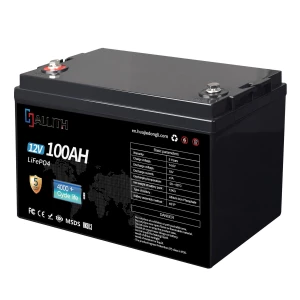
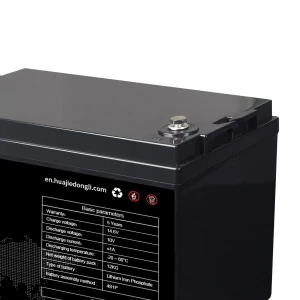
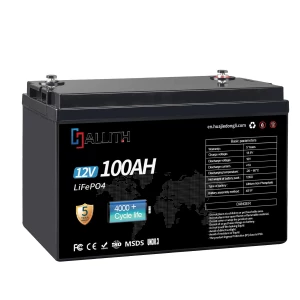
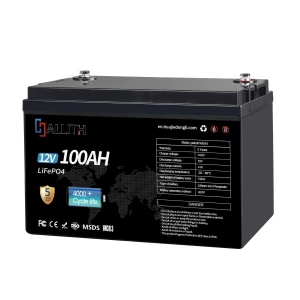
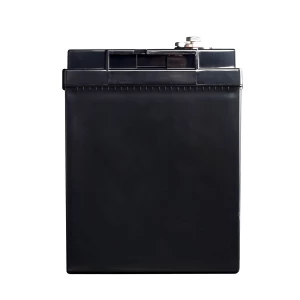
.jpg_300x300.webp)
.jpg_300x300.webp)

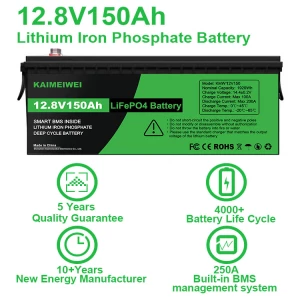
.jpg_300x300.webp)
.jpg_300x300.webp)

